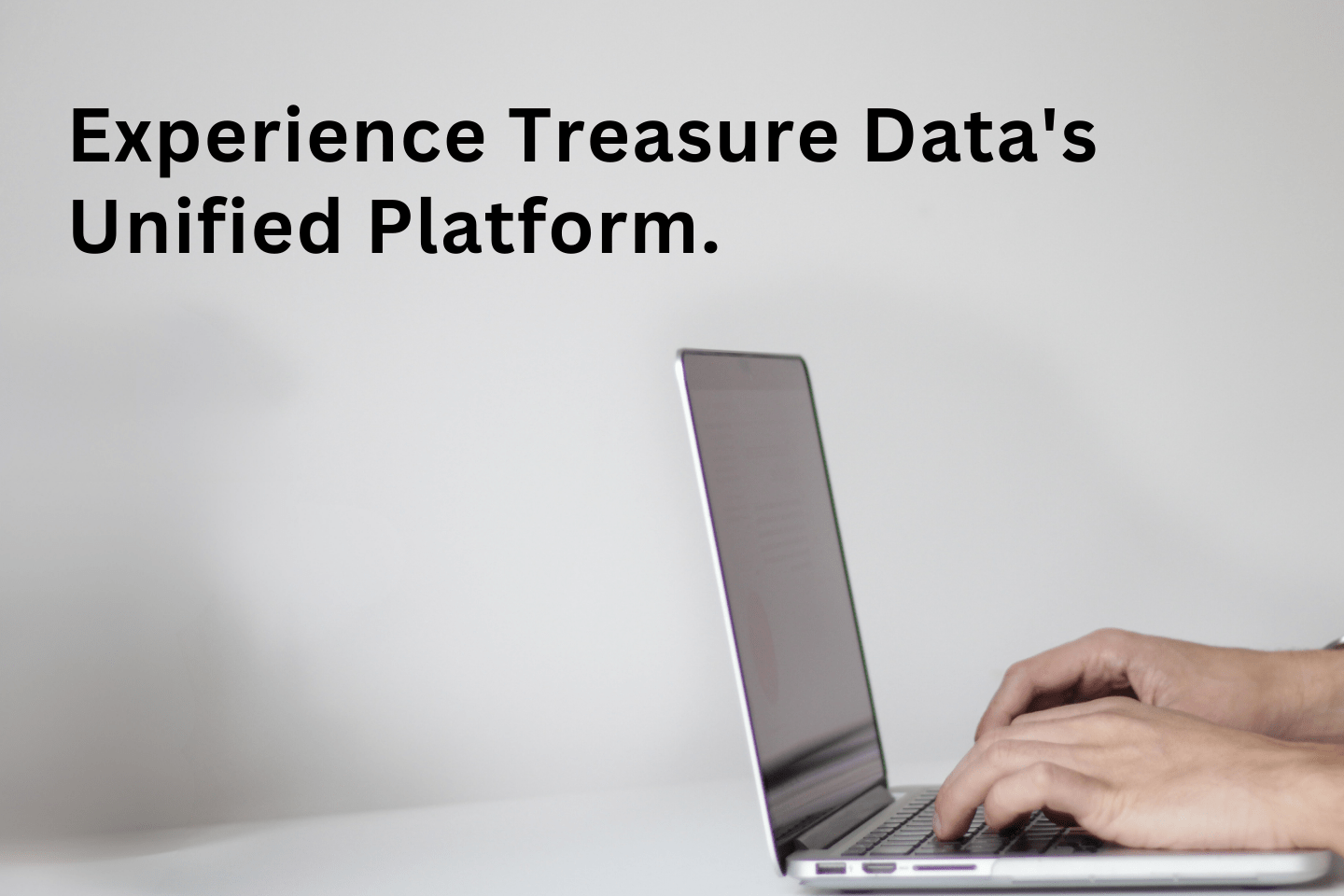Achieve Excellence with Your CDP RFP: 6 Key Steps for a Streamlined Process
In today’s hyper-competitive market, leveraging customer data effectively is no longer optional—it’s a necessity. But with so many Customer Data Platforms (CDPs) available, how do you choose the one that can unlock your business’s full potential? The answer lies in a well-executed Request for Proposal (RFP) process. This step-by-step guide will walk you through how to craft an RFP that ensures you select a CDP tailored to your business needs, maximizing both efficiency and long-term growth.
1. Gather RFP Requirements
The foundation of any successful RFP process starts with clarity. Before you even begin drafting the RFP, it's essential to fully understand your organization’s customer data management needs and technical requirements. What are your goals? Are you looking to improve data unification, enhance customer segmentation, or better manage compliance? Taking the time to assess these questions will help define your expectations, ensuring your RFP attracts the most relevant vendors.
By thoroughly understanding your current data management limitations and identifying what outcomes you want from a CDP, you set a strong base for the entire process.
2. Create the RFP Document
Once you've outlined your goals, the next step is to craft a detailed RFP document. This is your opportunity to clearly communicate your expectations to potential vendors. Your RFP should include the following:
- Business Overview: A snapshot of your company, including industry, size, and key business challenges.
- Objectives: Specify the goals you aim to achieve with the CDP, whether it’s streamlining data integration, improving customer analytics, or enabling real-time marketing.
- Technical Specifications: Detail your existing tech stack, required integrations, and any unique technical needs that a CDP must meet.
- Security Requirements: Ensure your RFP includes data security and privacy compliance mandates, such as adherence to GDPR or CCPA.
- Budget Parameters: Providing a clear budget range ensures you receive responses from vendors who meet your financial criteria.
A well-drafted RFP helps vendors understand your needs and submit proposals that are more aligned with your expectations.
3. Initial Vendor Evaluation
Once you’ve distributed the RFP and received responses, the evaluation process begins. The initial assessment involves carefully reviewing each vendor’s proposal against a set of predefined criteria:
- Experience: Does the vendor have a track record of working with companies in your industry?
- Technology Stack: How sophisticated and flexible is the CDP's technology? Can it integrate with your current systems?
- Scalability: Will the platform grow with your business, handling larger data sets as your company expands?
- Business Alignment: Does the vendor’s approach align with your strategic goals?
This evaluation phase is crucial for narrowing down the pool of vendors and identifying those best suited to your organization’s needs.
4. Shortlist and Vendor Demos
After the initial evaluation, create a shortlist of the most promising vendors. Inviting these vendors for live demonstrations offers an invaluable opportunity to see how their platform works in real-world scenarios. During these demos, focus on:
- User Interface: Is the platform intuitive? Can your team easily adopt and navigate it without extensive training?
- Customization Options: Can the CDP be tailored to meet the unique requirements of your business?
- Vendor Responsiveness: How well do vendors address your questions and concerns during the demo? Their responsiveness can signal the quality of future support.
Live demos provide a practical look at how each solution functions, helping you assess whether it fits seamlessly into your operations.
5. Select the Most Suitable CDP
With the demos complete, it’s time to perform a side-by-side comparison of your shortlisted vendors based on the following:
- Functionality: Does the CDP meet all your technical and operational needs?
- Scalability: Will the platform grow with your business and continue to meet your future data management demands?
- Ease of Implementation: How straightforward is the implementation process? Will it integrate easily with your existing systems?
- Long-Term Support: Does the vendor offer robust post-implementation support, such as ongoing maintenance, customer service, and updates?
Carefully comparing vendors on these key factors will help you make an informed decision, ensuring the chosen CDP offers long-term value.
6. Finalize the Contract
The final step in the process is negotiating and completing the contract. Ensure that the contract covers all critical elements, including:
- Service Level Agreements (SLAs): Ensure clear terms around service expectations, support levels, and response times.
- Pricing: Verify the pricing structure is transparent and accounts for any potential future costs, such as scaling or additional features.
- Data Privacy: Include robust clauses that address data privacy, ownership, and compliance, ensuring protection for both parties.
A clear and detailed contract formalizes the partnership and sets expectations for a successful long-term collaboration.
Selecting the right Customer Data Platform is a pivotal decision that can drive your business toward data-driven success. By following these six steps, you ensure a structured, transparent RFP process that helps you identify the CDP that aligns with your operational needs, technical requirements, and future growth plans. A thoughtful approach to RFP creation and vendor evaluation will lead you to a CDP solution that transforms how your business handles customer data.



